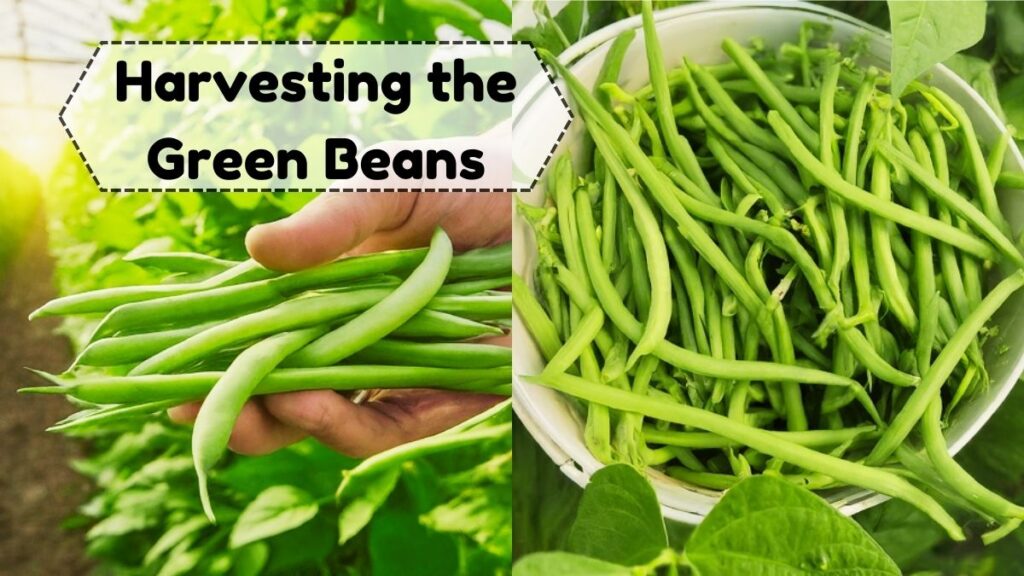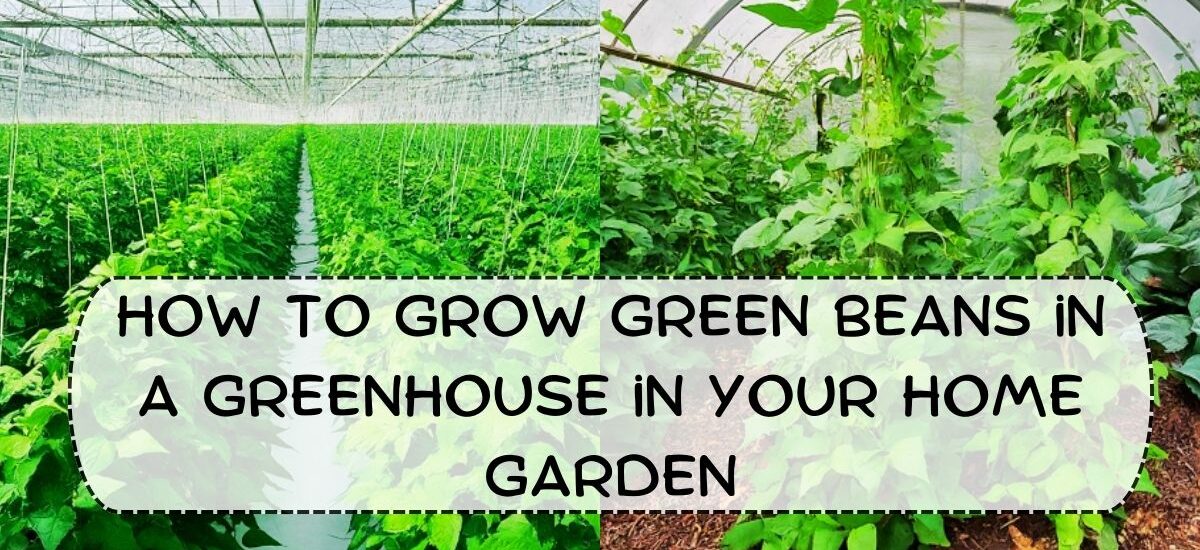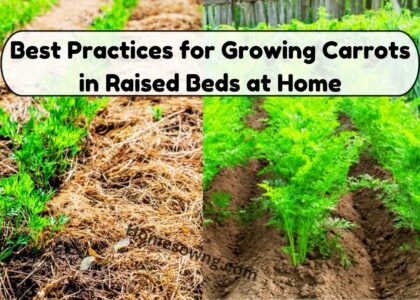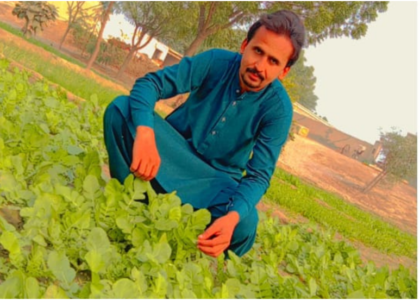Growing green beans in a greenhouse offers a controlled environment that can improve growth and spread the growing season. Here’s a straight forward guide to help you cultivate green beans successfully in a greenhouse.
Selecting the Green Bean Variety
Choose green bean varieties suited for greenhouse conditions. Pole beans, such as Kentucky Wonder or Blue Lake, are ideal as they climb and make efficient use of vertical space. These varieties are also known for their high yield and continuous production. Ensure the variety you select grows in your local climate and fits the greenhouse environment. Selecting for the right variety helps maximize your greenhouse’s potential.
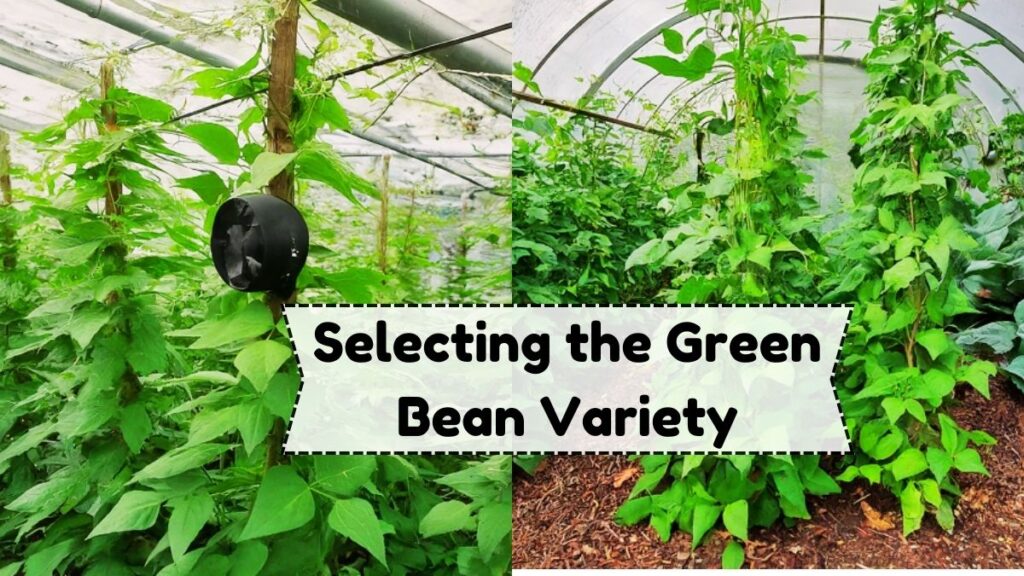
Preparing the Greenhouse Environment
Create an optimal environment inside the greenhouse for green bean growth. Maintain a temperature range of 65-75°F (18-24°C) during the day and slightly cooler at night. Ensure good ventilation to prevent overheating and humidity buildup, which can lead to diseases. Install shading or ventilation systems if necessary to regulate light and temperature. Proper environmental control enhances plant health and productivity.
Setting Up the Growing Area
Set up the growing area inside the greenhouse with the right infrastructure. Use raised beds or containers to ensure good drainage and reduce the risk of soil-borne diseases. Incorporate a trellis or support system for pole beans to climb, optimizing vertical space and ensuring healthy plant development. Arrange plants with adequate spacing of about 6-8 inches apart to promote airflow and prevent overcrowding. Proper setup facilitates healthy growth and easy maintenance.
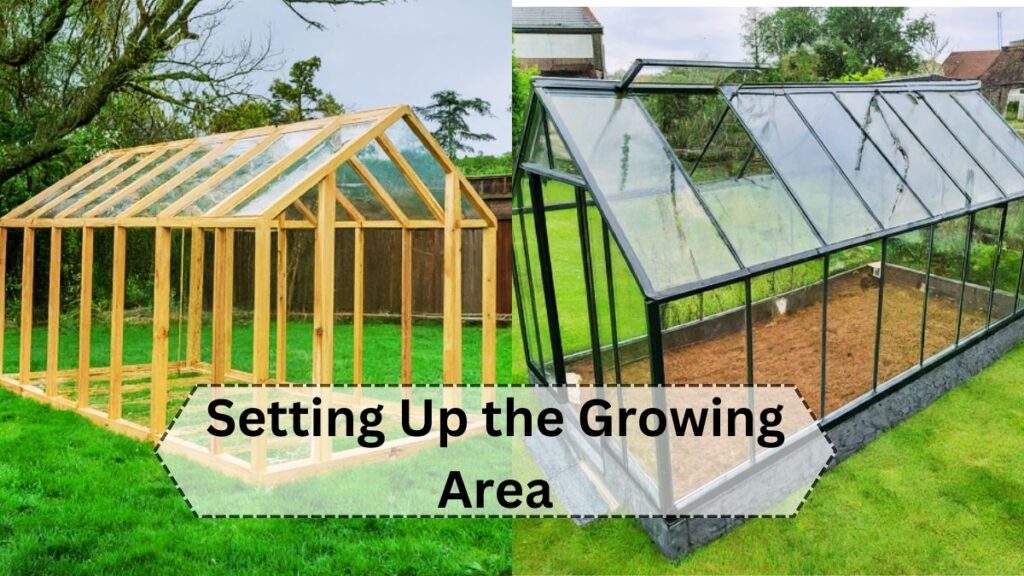
Preparing and Planting the Seeds
Prepare the soil or growing medium by ensuring it is well-drained and enriched with compost. Plant green bean seeds directly into the soil or containers once the greenhouse environment is stable and the risk of frost is minimal. Sow seeds about 1 inch deep and 2-3 inches apart. Water the soil lightly after planting to keep it consistently moist but not waterlogged. Effective planting techniques promote strong seedling development and vigorous growth.
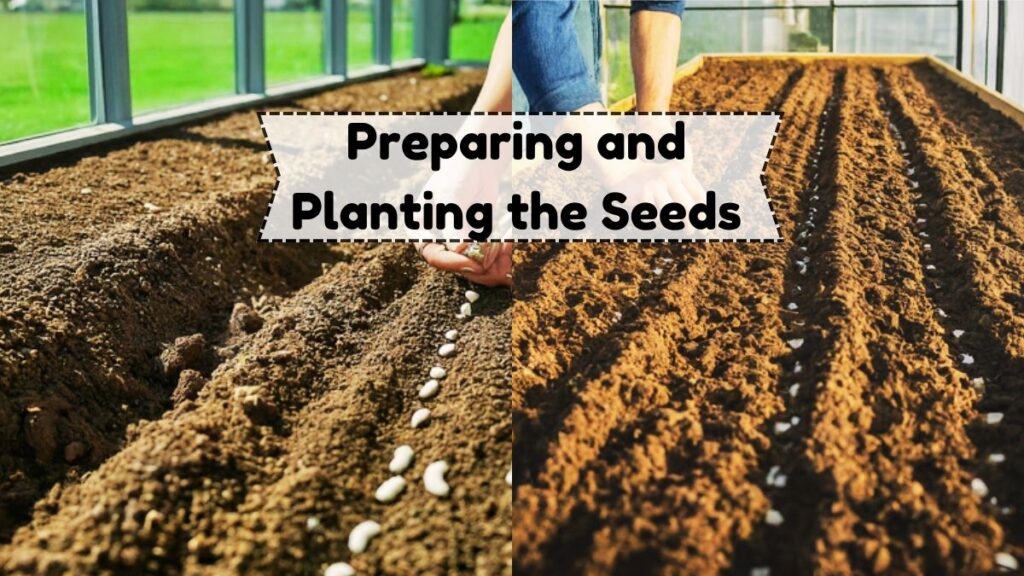
Caring for Green Beans
Regular care is essential for healthy green bean plants. Water the beans consistently, keeping the soil moist but not soggy. Fertilize the plants with a balanced fertilizer or compost to provide essential nutrients. Monitor the plants for pests and diseases, and address any issues promptly to prevent spread. Regular care and maintenance ensure robust plant growth and a productive harvest.
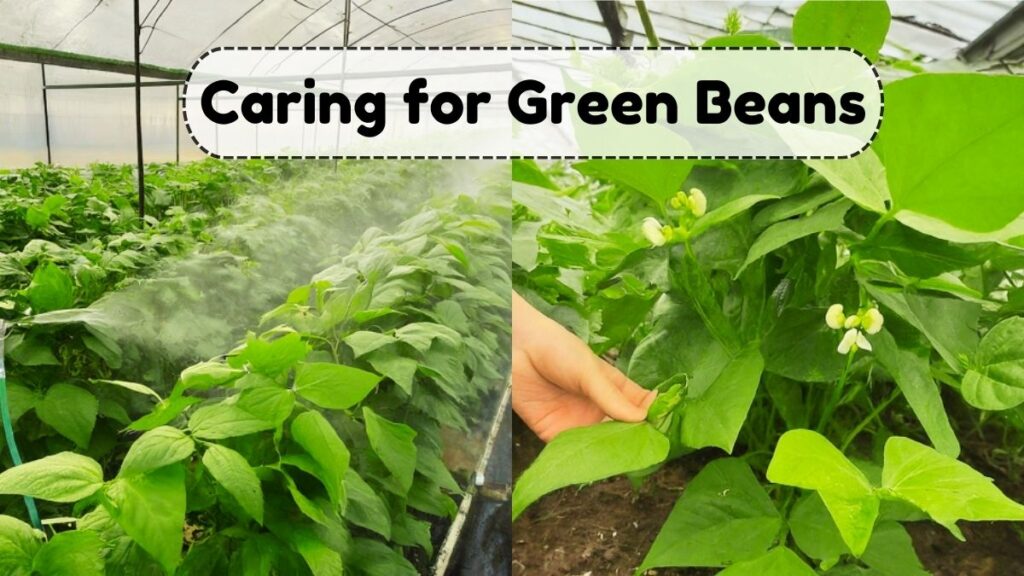
Pollination and Fruit Development
Green beans generally self-pollinate, but ensuring adequate airflow and temperature can help optimize fruit development. Maintain a temperature range of 65-75°F (18-24°C) for best results. If needed, gently shake the plants or use a small fan to mimic natural pollination. Regularly check for developing beans and ensure they have enough space to grow without crowding. Proper pollination practices enhance fruit set and overall yield.

Harvesting the Green Beans
Harvest green beans when they are young and tender for the best flavor. Beans are usually ready 60-70 days after planting, depending on the variety. Use scissors or a small knife to cut the beans from the plant, being careful not to damage the vines. Regular harvesting encourages continuous production throughout the growing season. Timely harvesting ensures high-quality beans and maximizes yield.
